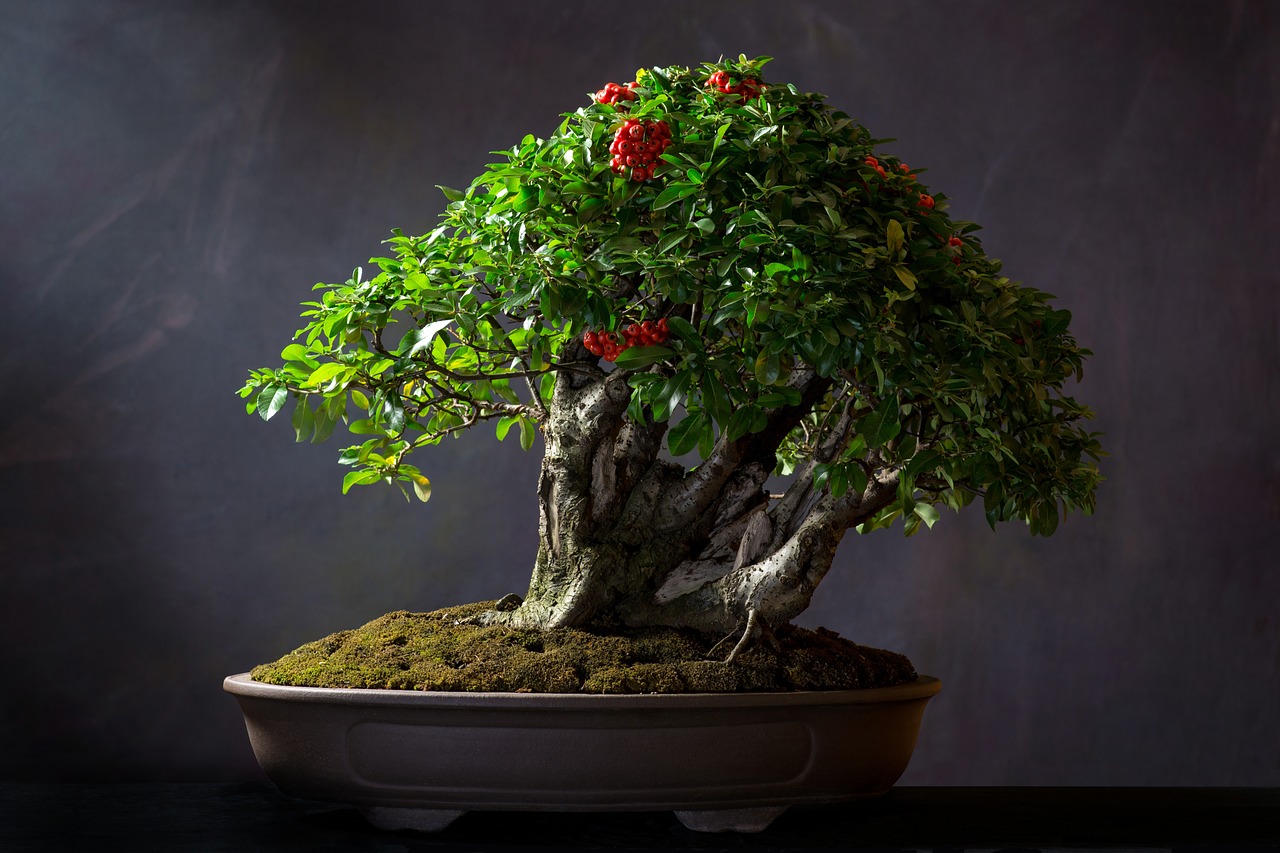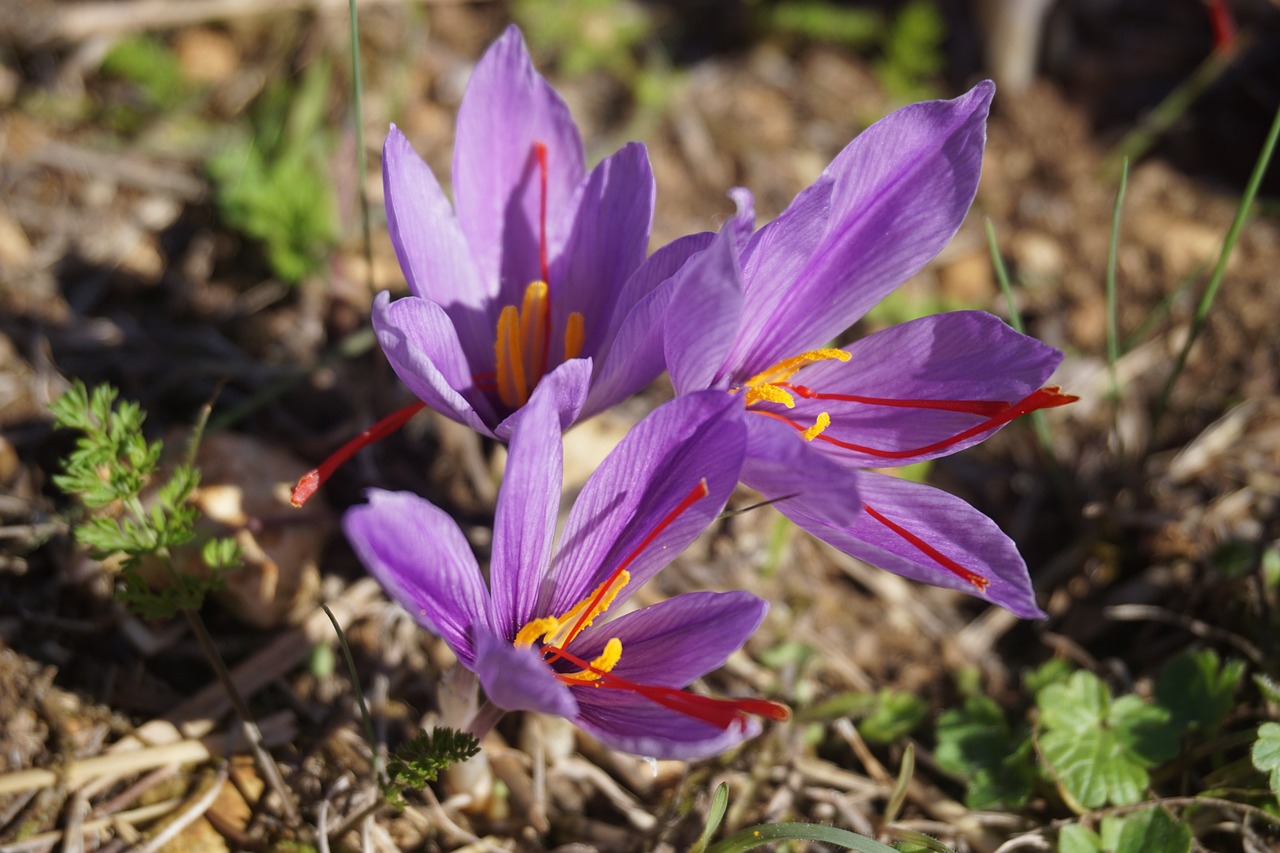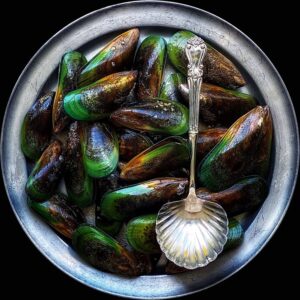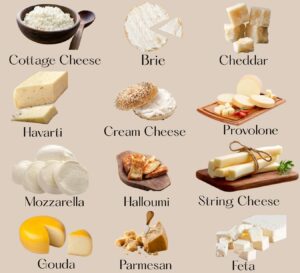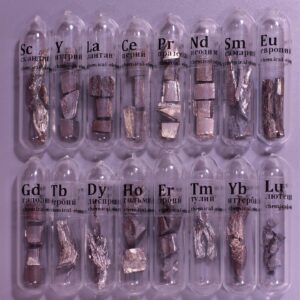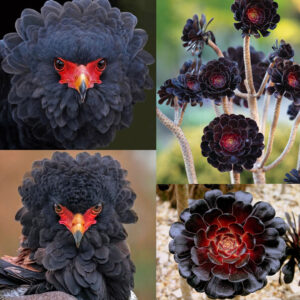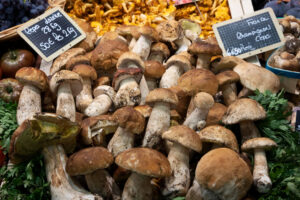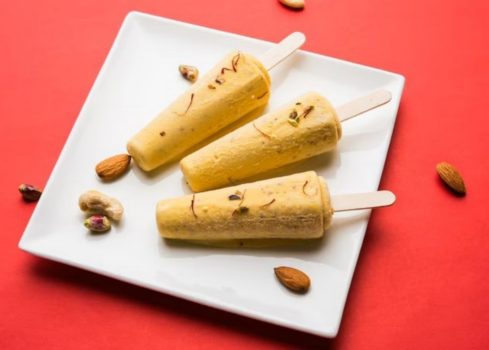 Pin
Pin Photo from Freepik
Kulfi isn’t just a dessert—it’s an emotion in many parts of India. It’s got that creamy, rich texture you won’t find in regular ice creams. But most people only know the basic malai kulfi. The truth is, there are various types of kulfi, each with its own taste, method, and vibe.
Ever tried mango kulfi during summer? It hits differently. There’s also pista, badam, rose, and even chocolate kulfi making rounds now. This article takes you through how different kulfis are made and what makes them special.
Table of Contents
Kulfi Didn’t Come from a Factory – It Came from History
Kulfi isn’t just “Indian ice cream.” That’s like calling a sitar a guitar. Kulfi has a backstory so rich, it could be a Netflix series. The roots go back to the royal Mughal kitchens, where chefs used Himalayan snow (yes, actual snow!) to chill milk that had been slowly boiled for hours. They didn’t have freezers, just creativity and patience.
This wasn’t your average frozen snack. They’d stir the milk until it turned into a thick, sweet cream—then infuse it with saffron, rose, cardamom, or crushed nuts. Finally, they poured it into those narrow metal molds and dunked them in salted ice. What came out? Kulfi—frozen gold.
Even now, the best kulfis aren’t made by machines. They’re made on the streets, in clay pots filled with ice and salt, just like in the old days. It’s this slow, deliberate method that gives kulfi its soul. And that’s just the beginning. The various types of kulfi out there today are even more exciting.
1. Malai Kulfi – The OG King of All Kulfis
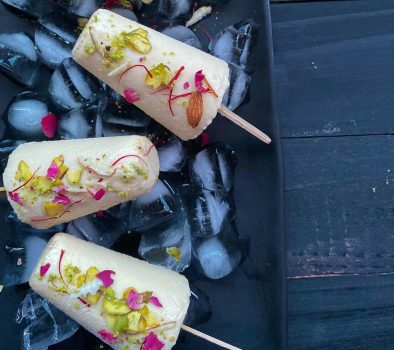 Pin
Pin Photo by @kasoor_e_methi
If kulfi had a throne, malai kulfi would sit on it—crowned, chilled, and ruling over every other flavor. It’s the original. The one everyone remembers from childhood. And even with all the new flavors popping up these days, malai kulfi still hits like a nostalgic punch in the face (the good kind).
So, what makes malai kulfi so legendary? It’s the richness. Full-fat milk is slowly boiled until it reduces to a thick, creamy base. No shortcuts here. That creaminess doesn’t come from added cream—it comes from patience. Then comes sugar, a pinch of cardamom, maybe a few saffron strands if you’re feeling royal, and chopped nuts like pistachios or almonds.
Once it’s poured into molds and frozen, you get something dense, chewy, and almost fudgy. Not icy, not soft-serve—this is kulfi. The kind you push out of the mold and eat straight on a stick, standing in the summer heat.
Malai kulfi isn’t just a dessert—it’s a moment. And it’s still the base flavor for many of the various types of kulfi that followed.
2. The Rise of Mango Kulfi – Summer’s Favorite Star
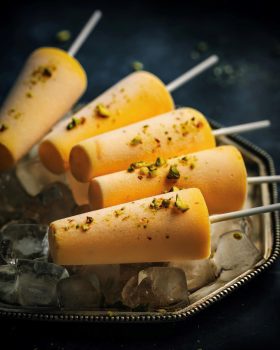 Pin
Pin Photo by @reliancefreshsignature
Mango kulfi doesn’t just taste good—it feels like summer itself. One bite and suddenly, it’s like you’re in a shady backyard with a fan buzzing in the background, dripping mango juice down your chin. This one’s become a go-to flavor across India, and honestly, for good reason.
It starts with ripe, juicy mangoes—alphonso is the top pick if you want that deep, sweet flavor. The mango pulp is blended and added to the thickened milk base (same as malai kulfi, slow-boiled and rich). No artificial stuff here, just real mango goodness that melts in your mouth. Some recipes even skip the cardamom so the mango stands out stronger.
Once frozen, mango kulfi has a bright orange-yellow glow, and that smell—sweet, tropical, fruity—is totally addictive. It’s also one of the few flavors where people actually lick the mold clean.
Out of all the various types of kulfi, mango kulfi hits different. It’s not just about flavor—it’s tied to the season, the vibe, and those long hot days when cold mango is all you crave.
3. Pista Kulfi – Nutty, Creamy, and Always a Classic
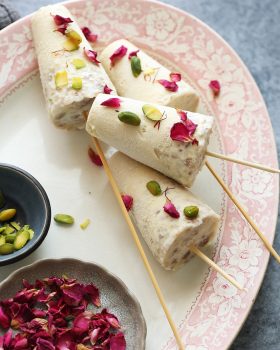 Pin
Pin Photo by @reliancefreshsignature
Pista kulfi is that quiet flavor that never shouts, but somehow always ends up being your favorite. It’s smooth, slightly sweet, and packed with real pistachios. Not the fake green syrupy kind—you want the earthy, buttery taste of actual pista ground into the mix. It’s the flavor you order when you want something elegant without going too wild.
The process? Still rooted in the kulfi tradition. Full-fat milk is simmered for hours, turning into that thick, rich base that makes kulfi what it is. Then you stir in finely chopped or ground pistachios. A little cardamom adds depth, and some people toss in rose water for a delicate aroma. The texture becomes grainy, in a good way—like something handmade, not machine-processed.
When frozen, pista kulfi has this soft green tint, and you’ll usually see bits of nuts in every bite. It’s not flashy, but it’s comforting. Kind of like the kulfi you’d expect at a family gathering or wedding.
Among the various types of kulfi, pista stands tall—not loud, but unforgettable.
4. Badam Kulfi – The Royal Cousin That Deserves Respect
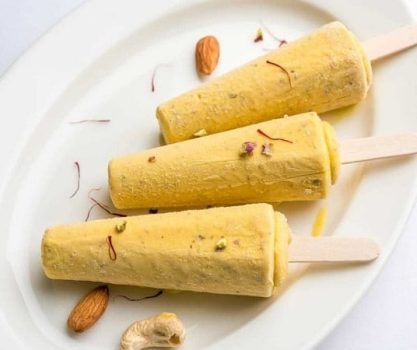 Pin
Pin Photo by @twomatoinc
Badam kulfi feels like something that should be served on a silver plate. It’s got that royal vibe—thick, nutty, slightly sweet, and honestly kind of addictive. While malai and mango kulfis get all the hype, badam kulfi is like the classy cousin who doesn’t chase attention but always steals the show.
The process is similar to other kulfis, but the star here is almond. Real, soaked almonds—not almond essence. These are peeled, ground into a paste or finely chopped, and mixed into the milk while it’s being reduced. The result is a kulfi that’s rich but also slightly gritty in the best way. Add a touch of saffron or cardamom, and it becomes a royal treat.
When frozen, badam kulfi carries that pale ivory look with soft beige almond bits throughout. It’s the kind of dessert you bite into and immediately feel like you’re eating something premium.
Out of the various types of kulfi, this one often flies under the radar—but ask anyone who’s tried a good one, and they’ll tell you: it’s top-tier kulfi.
5. Rose Kulfi – Floral, Fragrant, and Surprisingly Addictive
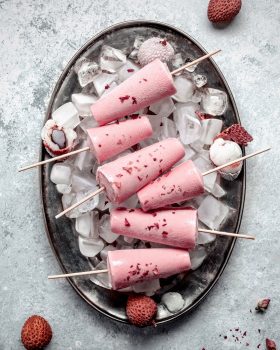 Pin
Pin Photo by @reliancefreshsignature
Rose kulfi isn’t your typical flavor—it’s not about nuts or fruits. It’s about scent, vibe, and that cool, floral aftertaste that makes you pause and go, “Wait… that’s actually amazing.” For people who think kulfi is always heavy or nutty, rose kulfi is a refreshing curveball.
The milk base stays the same—slow-cooked, rich, and thickened to perfection. But instead of loading it with pistachios or mango, rose kulfi gets a splash of rose syrup or natural rose water. And we’re not talking about those overpowering synthetic rose flavors—real rose water hits different. It’s light, floral, and kind of feels like eating a breeze.
The best part? The color. Rose kulfi usually comes in a soft pink, and it smells so good that even before the first bite, you’re already into it. Some versions throw in gulkand (rose petal jam), which adds a deeper flavor and a mild crunch.
Among the various types of kulfi, rose kulfi is the underrated beauty—fragrant, flavorful, and perfect when you want something chill yet unique.
6. Chocolate Kulfi – When the Old World Meets the New Cool
 Pin
Pin Photo by @the_chefography
Chocolate kulfi feels like breaking a rule—but in the best way possible. It’s where tradition and modern cravings collide. Some purists may roll their eyes, but once you taste it, all doubts disappear. Chocolate and kulfi? It works. Like, really well.
It starts with the same milk base—slow-cooked, creamy, and thick. But here’s the twist: in goes real melted chocolate or high-quality cocoa powder. None of that artificial choco flavor nonsense. Some versions even add condensed milk for that extra fudgy richness. The result? A kulfi that’s less icy and more like a chocolate truffle on a stick.
You get that deep, velvety chocolate flavor with the signature dense texture kulfi is known for. Some folks even add chocolate chips or swirl in hazelnut for a Ferrero Rocher-style experience. Yeah, it’s a thing.
Out of the various types of kulfi, chocolate kulfi is like the rebel child—but the one everyone secretly loves. Kids go crazy for it, but grown-ups end up stealing bites too.
7. Fusion Flavors – Kesar Elaichi to Pan Masala and Beyond
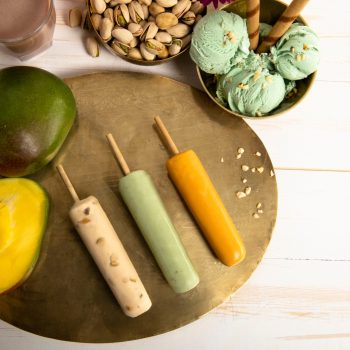 Pin
Pin Photo by @tubzeeuk
This is where kulfi gets experimental—and honestly, things get kind of wild in a good way. We’re talking about fusion kulfi flavors that go beyond the usual suspects. Ever tried pan masala kulfi? Or kesar elaichi (saffron-cardamom)? These are bold, niche, and full-on flavor bombs that bring in traditional Indian ingredients with a twist.
Kesar elaichi kulfi leans rich and aromatic. The saffron gives it a golden tint, while the cardamom hits with that warming spice note. It’s like eating royalty. Then there’s pan masala kulfi, which isn’t for everyone—but if you’re into betel leaves, fennel, or that cooling supari flavor, it’s a surprise winner. And yes, they’re used in moderation, so the flavor doesn’t punch too hard.
Some versions even include paan paste, gulkand, and crunchy fennel seeds. It’s kulfi meets paanwala, and it works. Really.
Fusion kulfis show how versatile the dessert can be. Among the various types of kulfi, these flavors are the experimental artists—unpredictable, exciting, and unforgettable once you try them.
How Kulfi is Traditionally Made – The Art of Slow Freezing
The magic behind kulfi isn’t just in its ingredients—it’s in how it’s made. Unlike regular ice cream that gets churned and whipped, kulfi takes the slow and steady route. This slow freezing is what gives kulfi its dense, creamy texture that melts in your mouth rather than just crunching like ice.
The process starts with full-fat milk simmered over low heat for hours. This isn’t just boiling—it’s more like a slow transformation. The milk reduces, thickens, and the sugar and flavors (like cardamom or saffron) are folded in. Nuts get chopped or ground and mixed in carefully.
Next comes the freezing. Traditional kulfi makers use metal molds filled with this rich milk mixture, then dip them into a big pot of ice and rock salt. The salt lowers the freezing point, allowing the kulfi to freeze slowly and evenly. This old-school method means no machines, no air whipped in—just pure, thick kulfi with a velvety bite.
This slow, careful process is why kulfi has that unique feel, making all the various types of kulfi so special.
Kulfi Today
Kulfi today is a perfect blend of tradition and modern creativity. Street vendors still serve up classic malai or pista kulfi in their clay pots, keeping the old-school magic alive. But at the same time, new flavors and styles are popping up everywhere—from gourmet restaurants to hip dessert cafes.
You’ll find kulfi in cups, layered with falooda noodles or drizzled with fruit syrups. Some places even serve kulfi sandwiches or kulfi shakes, turning this classic treat into something new and trendy. The use of natural ingredients remains a priority for the best kulfis, but innovation means experimenting with things like chocolate chips, coffee, or even fusion flavors inspired by global desserts.
People’s love for kulfi hasn’t faded—it’s just evolving. This sweet treat continues to connect generations, mixing nostalgia with excitement for what’s next. No matter the version, the core remains the same: rich, creamy, slow-frozen kulfi that keeps us coming back for more.
The various types of kulfi today prove that while kulfi honors its roots, it’s not afraid to push boundaries.
FAQs
The classic malai kulfi, rich and creamy, remains the top favorite. Mango kulfi is a close second, especially in summer. Other popular types include pista (pistachio), badam (almond), rose, and chocolate kulfi. Each offers a unique taste but shares that signature dense, slow-frozen texture.
Mango kulfi blends ripe mango pulp into the thickened milk base, creating a fruity and refreshing flavor that stands out from traditional nut or cream-based kulfis. It’s bright, tropical, and perfect for hot days, making it a seasonal favorite.
Kulfi is often made from boiled milk and natural ingredients without added air or preservatives, giving it a denser texture. While it can be rich, it tends to have fewer artificial additives than many commercial ice creams. However, it’s still a sweet treat best enjoyed in moderation.
Kulfi is slow-frozen without churning, which means no air gets whipped in. This results in a dense, creamy, almost fudgy texture, unlike the lighter, fluffy feel of typical ice cream.
Yes! With some patience, you can simmer full-fat milk to reduce it and add your favorite flavors or nuts. Pour the mixture into molds and freeze slowly, preferably using ice and salt if you want the traditional texture. Homemade kulfi is rewarding and lets you customize flavors.
